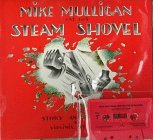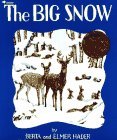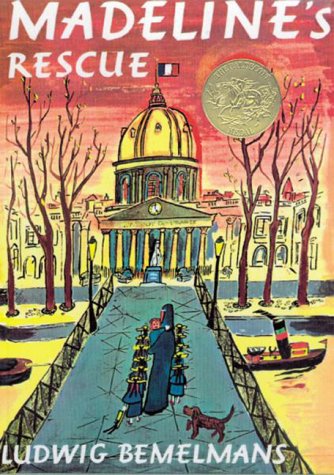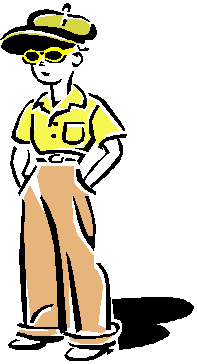|
Rebecca Caudill Young Readers Book Award Nominees 2003 |
Connections |
||||||||||||||
|
Scene: Rhode Island during World War II Pearl Harbor was bombed by the Japanese on December, 1941 and the United States went to war. During the first year or so the coastlines of the United States were on high alert. Blackouts were instituted, and fear was everywhere. This story opens with two heavy artillery guns rolling into a fictional Rhode Island town along the coast near Newport. The story shows how conflict affects our lives long after they have happened, how human nature reacts to fear, and how families can sometimes be as harmful as enemies. A powerful story that helps us think about relationships with others.
Map of Rhode Island parks and beaches. Narragansett Bay is the deep waterway between the mainland and the islands. To enhance your sense of place in this story, click on Fort Wetherill. WORDS FOR THE WISE
Try to organize this list of words from the book into three categories. Some words have more than one meaning. Use the text in the story to help you figure out meanings. Keep a dictionary, thesaurus, or computer nearby. Know:: I know what it means Seen: I've seen this word before, but am not sure of its meaning. New:: I've never seen this word before.
More on World War II (1938-1945) What Did You Do in the War, Grandma? : An Oral History of Rhode Island Women during World War II Written by students in the Honors English Program at South Kingstown High School
Other Fiction about Young People During World War II The Island on Bird Street by Uri Orley. During World War II a Jewish boy is left on his own for months in a ruined house in the Warsaw Ghetto, where he must learn all the tricks of survival under constantly life-threatening conditions. Journey to Topaz : a story of the Japanese-American Evacuation by Yoshiko Uchida. Eleven-year-old Yuki and her Japanese-American family are uprooted from their home and put in a concentration camp called Topaz. Lillie's Crossing by Patricia Reilly Giff. During a summer spent at Rockaway Beach in 1944, Lily's friendship with a young Hungarian refugee causes her to see the war and her own world differently. Spying on Miss Muller by Eve Bunting. At Alveara boarding school in Belfast at the start of World War II, thirteen-year-old Jessie must deal with her suspicions about a teacher whose father was German and with her worries about her own father's drinking problem. Twenty and Ten by Claire Huchet Bishop. Twenty school children hide ten Jewish children from the Nazis occupying France during World War II. Who Was That Masked Man Anyway? by Avi. In the early forties when nearly everyone else is thinking about World War II, sixth-grader Frankie Wattleson gets in trouble at home and at school because of his preoccupation with his favorite radio programs.
|
Author, Janet Taylor Lisle lives in Little Compton, Rhode Island. She writes in a sunlit studio above her garage.
In her notes at the end of the book, Mrs. Taylor Lisle tells how she got her idea for this story. She mentions seeing pictures of the guns that actually came into town and wondered how that made people feel. She put a reclusive, emigrant artist into the community and her story began to take place. She also relates that many artists came from Europe between the wars and during World War II. These artists were illustrators for many of our most enduring picture books. Examples include:
Nonfiction Books on World War II Air raid-- Pearl Harbor! : the story of December 7, 1941 by Theodore Taylor. (940.54) Examines from both the American and Japanese points of view the political and military events leading up to the attack on Pearl Harbor. Bombers of World War II by Nancy Robinson Masters (623.7) Introduces the different kinds of bombers used during World War II, their capabilities, the kinds of missions on which they were sent, and any special characteristics. Children
of the World War II Home Front
by Sylvia The Endless Steppe by Esther Hautzig. ( B HAU) During World War II, when she was eleven years old, the author and her family were arrested in Poland by the Russians as political enemies and exiled to Siberia. She recounts here the trials of the following five years spent on the harsh Asian steppe. V is for victory : the American home front during World War II by Sylvia Whitman (973.917) Bombs bring war home -- The home front goes to work -- America tightens its belt -- Long time no see -- A country united and divided -- The American century dawns. Using period photographs, describes life in the United States during World War II, discussing such activities as civil defense, the Japanese relocation, rationing, propaganda, and censorship. A World War Two Submarine by Richard Humble. (359.9) Text and cutaway illustrations depict how the crew lived beneath the ocean in a submarine during World War II and how they waged war on the ships above.
This is a thoughtful book about relationships in friendships, in families, in communities. The family histories and untold secrets that are unexpressed leave young people with no connection to their past. A read-aloud for a compassionate class. They should find the mystery of the family and cruelty of the grandfather puzzling and dreadful at once. Discussion Questions Is it better for children to know the secrets of their family's difficult relationships or know nothing at all? Should everyone have kept so silent? Perhaps silence is better than anger? Is it? Was the community justified in any of its actions toward the German artist? What could the people have done differently? Student
Reviews Would you like to review this book? |
||||||||||||||
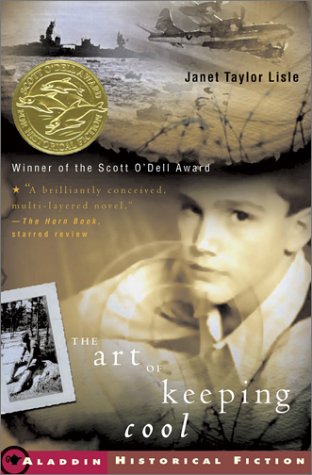
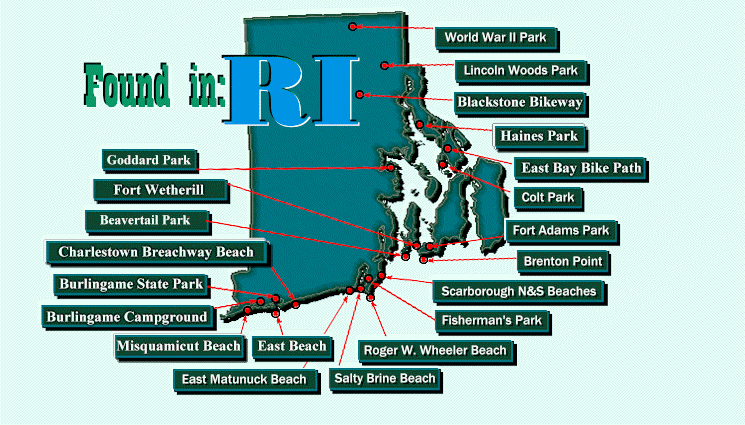


 Mrs. Taylor Lisle in her writing studio
Mrs. Taylor Lisle in her writing studio
